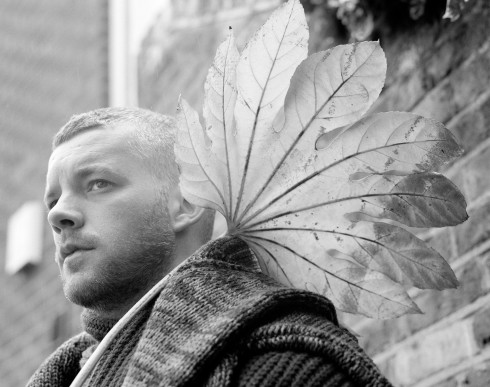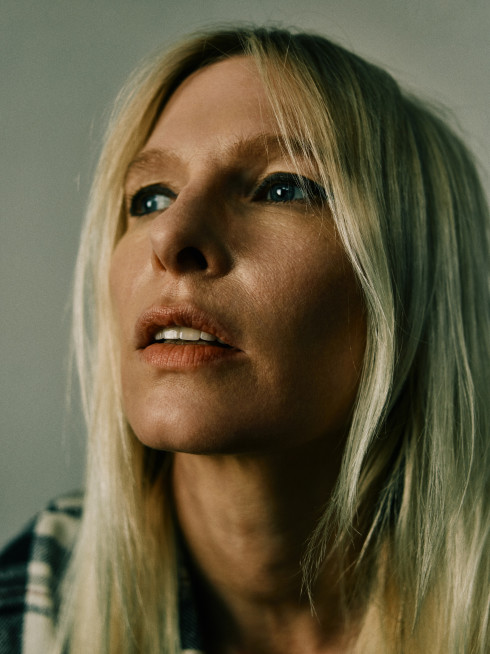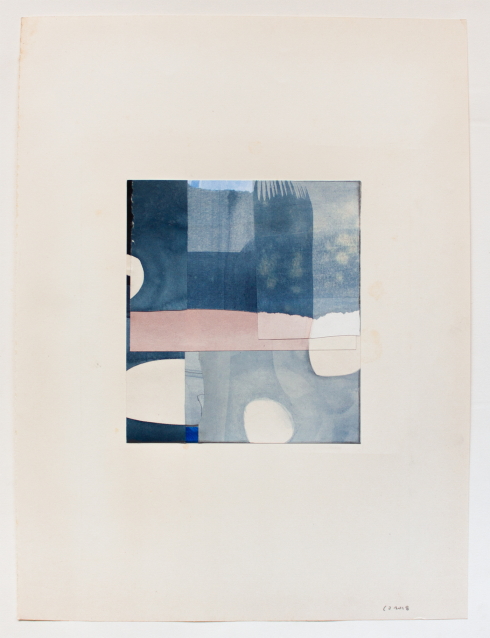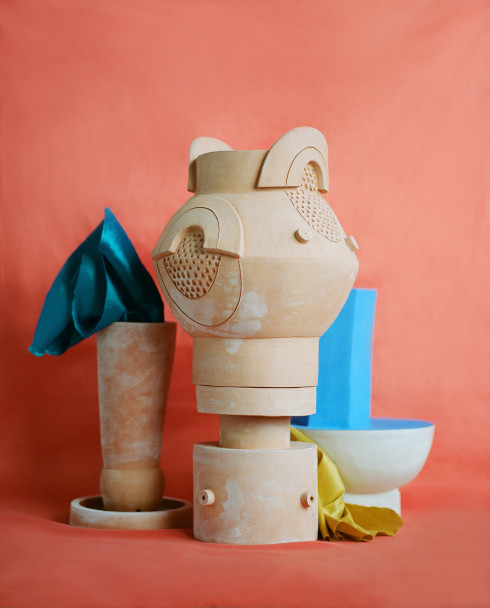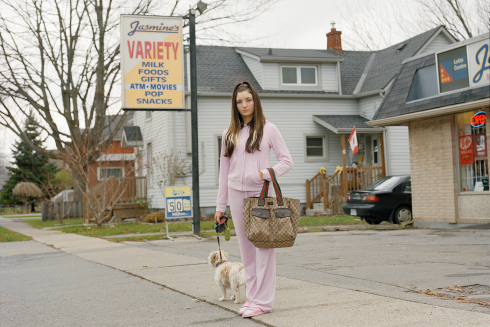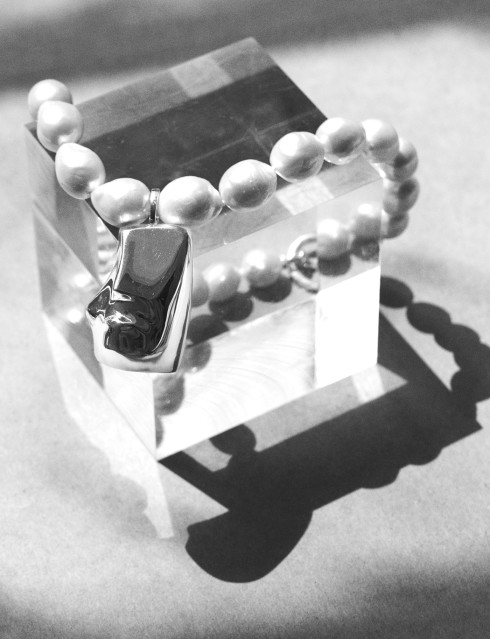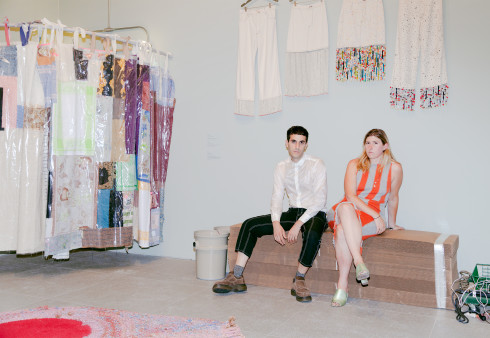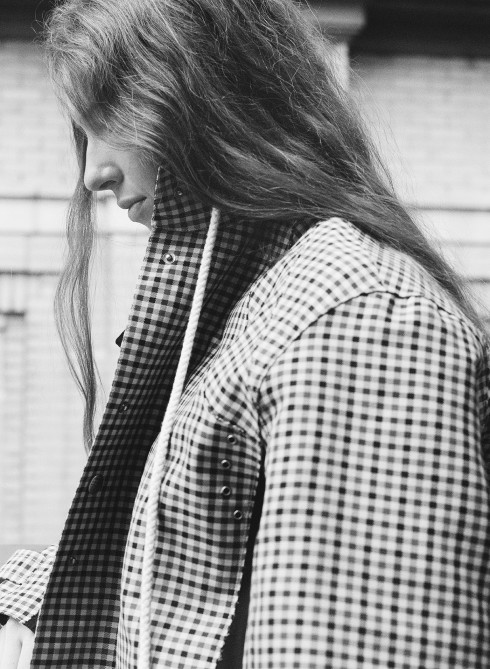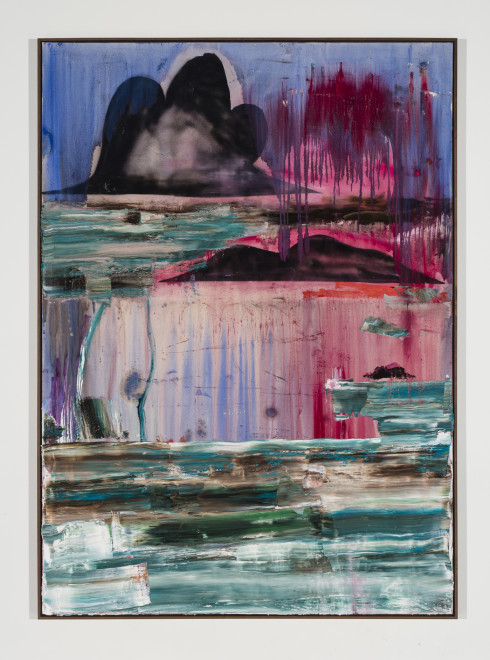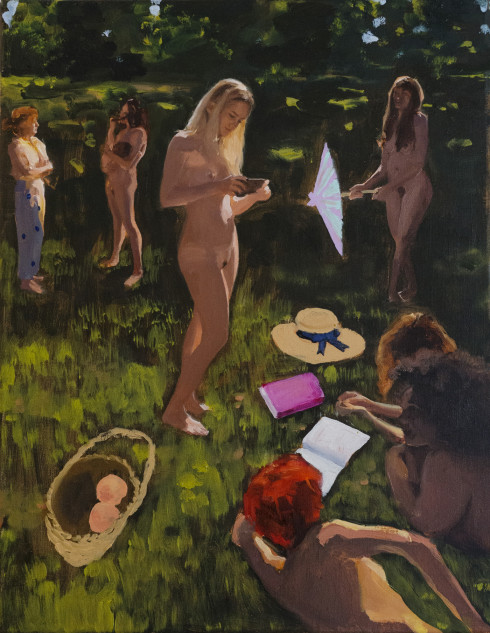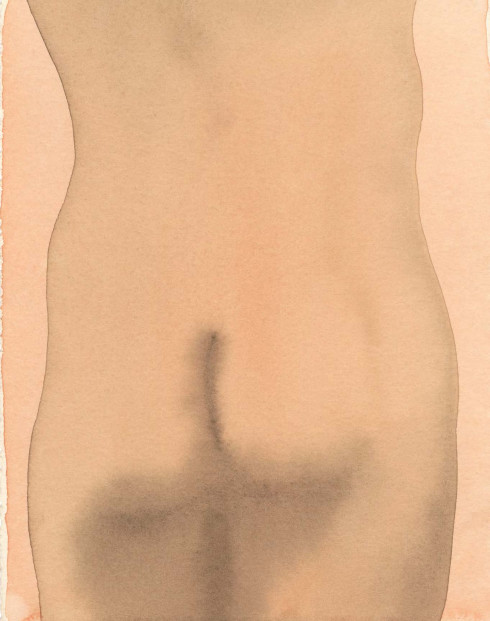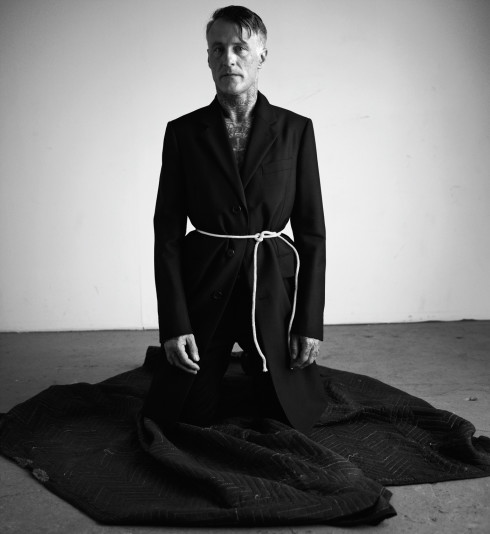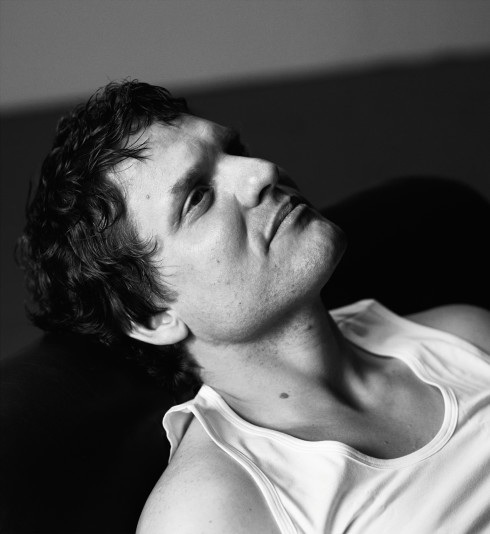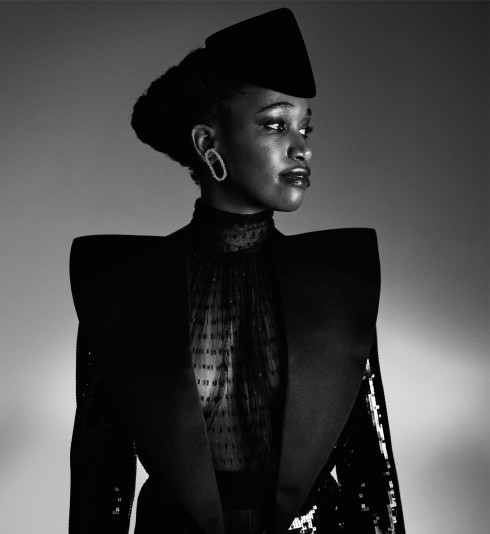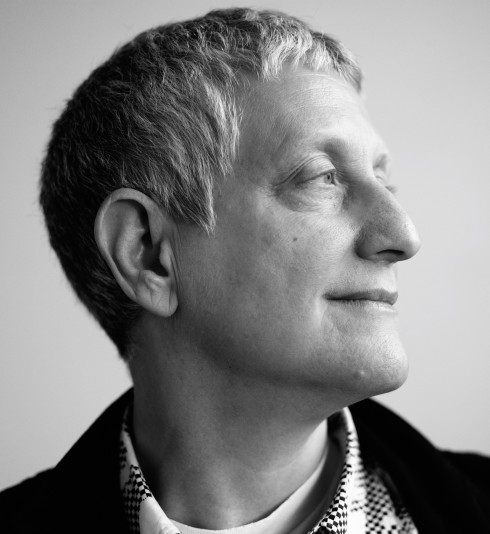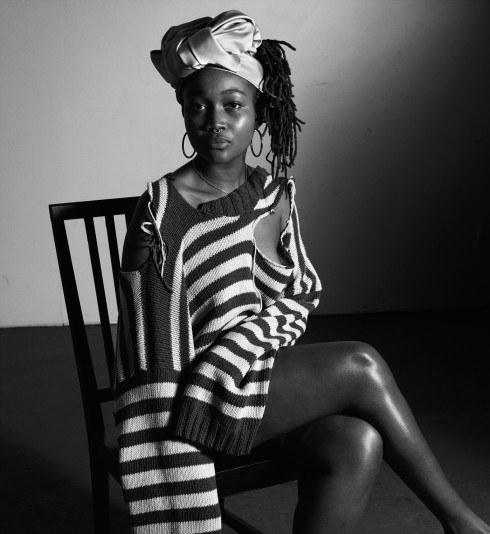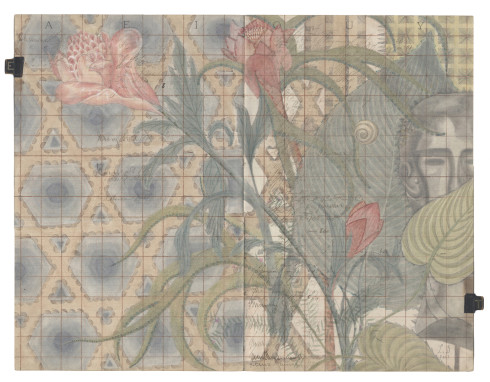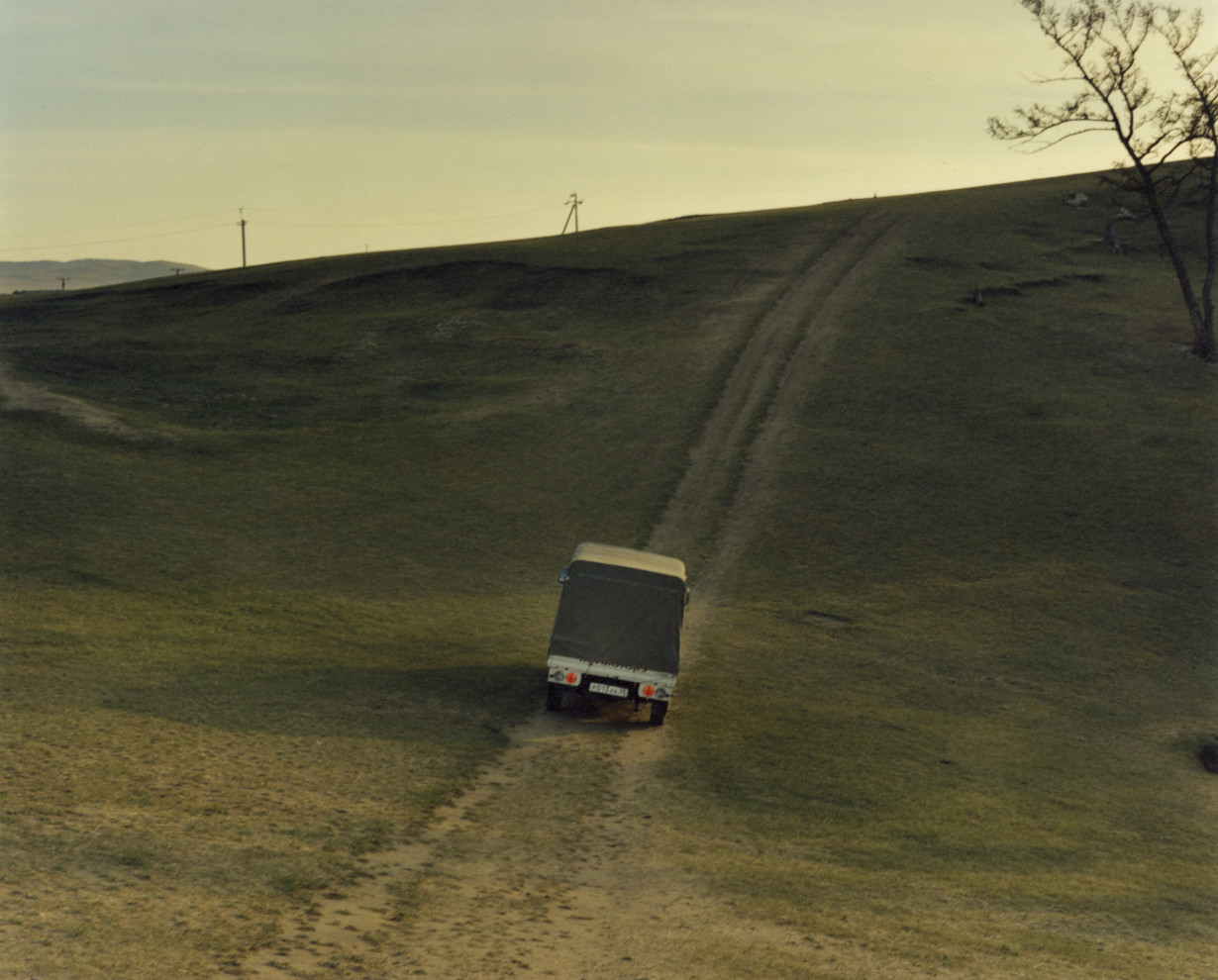
- By
- Jennifer Mason
- Photography by
- Jamie Hawkesworth
JAMIE HAWKESWORTH'S FIRST SHOW
Forgoing the field of forensics for a study of the living, photographer Jamie Hawkesworth’s creative style was discovered on a walk to university in Northern England, where he began to document his contemporaries commuting along a parallel path. The way the pictures portrayed a particular moment, that of-the-now feeling of youth, compelled him to focus on an exploration of portraiture.
As for any artist, the challenge is always to capture or characterize an inspiring subject. For Hawkesworth, approaching people potentially leery of lending their likeness for his work became as developed a skill as the use of his camera. “It’s one of those things you have to keep, keep doing,” he enlightens. “It only really dawned on me a couple of years ago that how you project yourself, the way that you look, the way that you talk to someone really affects the way that people respond to you. At first, I’d go up to people and say, ‘Oh, your face looks amazing, I want to take your picture,’ and I think a lot of the time people can get quite freaked out, especially young people. So then I started to say, ‘Oh, I like your hat,’ or, ‘Your trainers are really interesting.’ It was never really about their trainers or their jacket, it was more about them. But it was a way to open them up and that made the whole situation a bit more comfortable.”

Hawkesworth’s subjects enjoy a natural, moody light in the muted tones of their English setting. The background shades are unassuming and earthy, while a featured bright red or blue is still softly saturated. The expressions of his characters are slight and still, often situated near a form of transportation in a stance of one waiting to get somewhere. An early project, “Preston Bus Station,” published by the collective Preston is My Paris in 2010, landed him representation by M.A.P. agency and led to work commissioned by The New York Times, AnOther, LOVE, Vogue, i-D, and a string of other style titles. He photographs travel features often for WSJ. Magazine, and he captured the Boiler Room founder Blaise Bellville for our Fall 2011 issue.
In editorials, Hawkesworth’s documentary style is sustained, but with enhanced additions. Through collaboration with stylists, initially with French stylist Benjamin Bruno, he found a way to interpret fashion that felt familiar. “I’d spent so much time by myself photographing people, and it was never really about what they were wearing, it was never really about trying to make a comment on society or the way that people lived in that particular area. It was just very instinctive. Something would kind of catch my eye, it was anyone and everyone; just kind of an instinctive response to people.”

When Bruno got in touch, they began to take bags of clothes on their journeys and dress their street muses. “That was the first moment I realized that you could take someone who was already incredibly interesting and then elevate them even further and extend their character,” he recalls. “That was my first real experience with fashion. I found it really interesting, this whole process of taking a person and kind of changing their character into someone completely new. It was a really interesting exercise.”
Hawkesworth continued in that spirit through his first ad campaign work for JW Anderson, whose designer Jonathan Anderson later asked him to do work for Loewe as well. Hawkesworth’s campaigns still at times featured spontaneously street-sourced models without even a hair or makeup brush taken to alter their appearance—a representation of the value he maintains in staying true to his type of work. “I don’t know why you would distinguish personal work from fashion work. If you’re going to do it, then the whole thing should be very, very personal. That’s how I’ve always seen things. I find it impossible to detach myself.” The success resulting from this mindset earned him his biggest client in Miu Miu for Resort 2015.

What’s more, a first solo exhibition for Hawkesworth, at age twenty-eight, opens this evening at Brooklyn’s Red Hook Labs. Conversations with founder Jimmy Moffat about the studio’s educational programs for local kids to learn about photography evolved into a plan for doing his own show. The curation will feature highlights alongside work that is brand new, but, mainly, it is intended to take viewers along on his photographic endeavors thus far, his self-taught exploration through film photography. “It’s been very important for me to get out and explore, and that’s always been the backbone of the way that I take pictures,” he explains. “The more time I spent exploring and using the camera and printing, the way that I saw things just naturally developed. I didn’t have an extensive knowledge of light, because to begin with I didn’t even acknowledge it in a sense. It was more about the people. But the more and more that you print and you do a print and it looks good and you realize the time of the day that it was, with time you naturally develop a particular way of seeing. That came from just taking so many pictures and getting out there and learning what works and what doesn’t, really. For the exhibition, we came up with the title of ‘A Short, Pleasurable Journey.’ It was just this idea of the last four years and how I interpret my way through photography.”
When asked about what he wishes his future to hold, one simple thought comes through: “I guess just to continue to take photographs and see if I get any better.”
“A Short, Pleasurable Journey” opens tonight and runs through April 24 at Red Hook Labs, 133-135 Imlay Street, Brooklyn.

- By
- Jennifer Mason
- Photography by
- Jamie Hawkesworth

